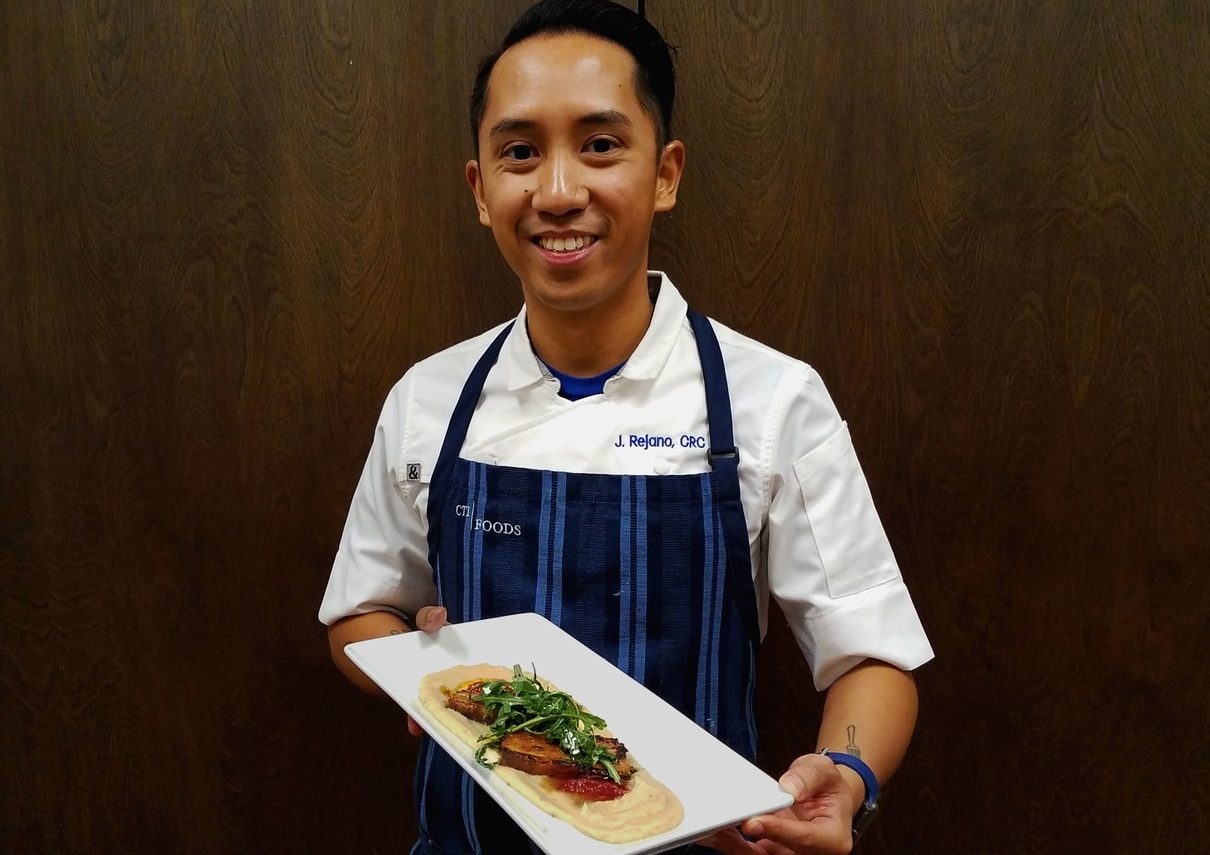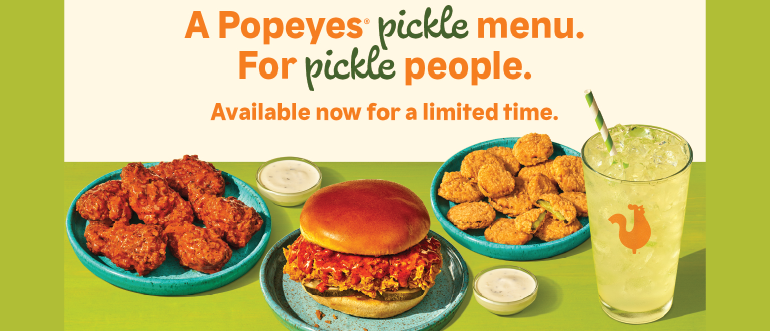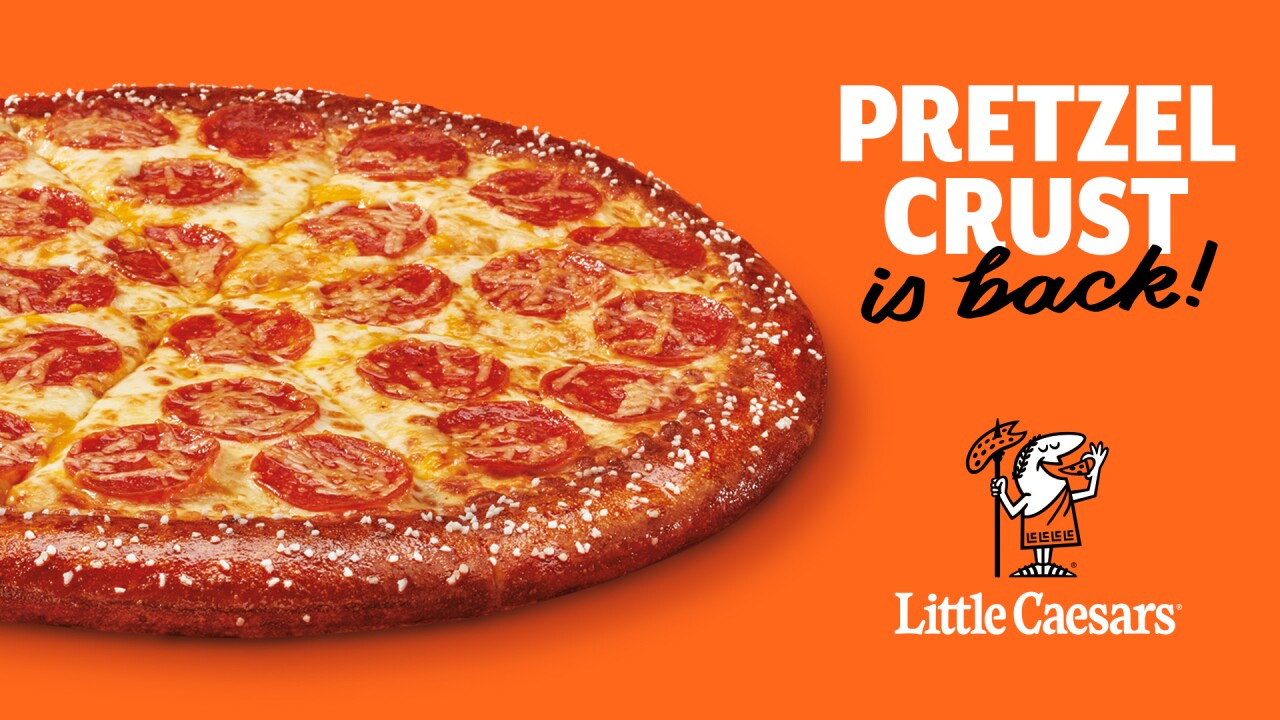Fast Food Quality Is Way Better Than You Think, This Chef Helps Ensure That

What’s your take on fast food quality? Thanks to chefs in the food industry, it may be a lot better than what you think.

Food industry chefs like Jerome Rejano of CTI Foods work to create high-quality foods for the quick service restaurant (QSR) industry. CTI Foods, for example, supplies brands at the national, regional, and local level with soups, sauces, and proteins. These include shredded chicken, taco meat, hamburger patties, steak strips, and chili. “If a fast food restaurant has one of those items, more than likely CTI is manufacturing that,” Rejano, CTI’s director of culinary and innovation, told Foodbeast.
But while most consumers today see fast food as low quality, Rejano and CTI Foods actually work to bring out the best in every single one of their products. Rejano utilizes his fine dining background and food science knowledge to ensure that CTI’s lineup is delicious, safe, and made with quality ingredients.

That job starts with the grades of meat CTI uses for their proteins. When it comes to fast food meats, “there’s always a connotation that it’s dog food, it’s dog meat, it’s what’s gonna go into pet food or canner or something like that,” said Rejano.
However, while each client will allow and disallow specific grades of meat, several specify USDA Select or better. For those unfamiliar with the USDA grading system, Select is the third-highest in terms of quality, behind Choice and Prime. Most of the beef and pork you can find in grocery stores is Select, meaning the meat you buy there is the same CTI uses to make fast food items.
There’s also a lot of quality assurance and food safety procedure that goes into every batch of product sent out to quick-service-restaurants by CTI. Rejano detailed exactly what some of those are:
“Raw material can’t exceed a certain age, if it’s in a package, it can’t exceed X amount of days, and then we have so many days to use it once it’s opened. In manufacturing we have certain temperatures to hit to ensure that everything is fully cooked. And even after things are made, we send them out for microbiological testing to make sure there’s no spoilage, there’s no pathogens in there like E. coli, Salmonella, some of those bugs that you hear about in food. As the manufacturer, we’re really responsible for putting out safe food first, and it’s a benefit on my end if it tastes good.”
Even with all of that testing, chains and clients will still come in for regular audits of CTI’s facilities to ensure everything is up to their specifications. During these visits, Rejano will flex his “culinary muscle” and serve fine dining-type dishes to show that the raw materials CTI works with are of a quality the customer is looking for.

Companies like CTI ensure that what you’re eating at your go-to fast food spots uses the same quality ingredients you can cook with at home. If that’s the case, though, why aren’t these restaurant chains advertising that they’re not selling “dog food” quality product?
A big reason is that if they did, people that saw fast food as higher quality would also see it as more pricey. Many major QSR chains look to capitalize on their value menus to drive traffic. The perception that they had higher-quality meat would harm their “we’re cheap” brand images. The fact that these QSRs are able to marry the two together is a remarkable feat, and something they should get a little more credit for.
Rejano feels that for those skeptical about fast food, they should “give the brand a chance.”
“Depending on what fast food chain you go to, even if you have a restricted diet, or have some likes or dislikes or eat a little bit cleaner, there’s still options out there. These fast food chains are really gearing for a pretty wide net. So if someone’s not a really high fast food user, you still have choices — it’s just a matter of seeking those out. And again, the ingredients are pretty high quality.”






















